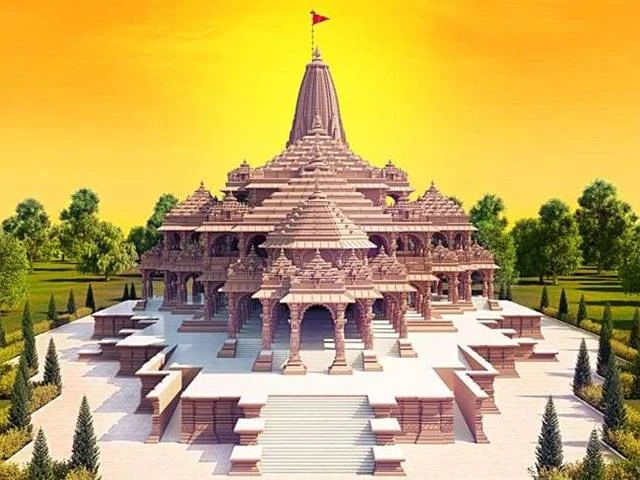Introduction:
Nestled on the banks of the Sarayu River in Ayodhya, India, the Ram Lala Mandir holds the sacred essence of one of the most revered figures in Hinduism, Lord Rama. The temple, which stands as a symbol of faith and unity, has a rich history that transcends centuries, marking a significant milestone in the cultural and religious tapestry of the Indian subcontinent.
Historical Significance:
The saga of the Ram Lala Mandir dates back to the 16th century when the Mughal Emperor Babur ordered the construction of a mosque, known as the Babri Masjid, at the site believed to be the birthplace of Lord Rama. The dispute over the land persisted for centuries, leading to heightened tensions between communities.
Landmark Legal Battle:
The quest for the rightful ownership of the land gained momentum in the 20th century, eventually culminating in a protracted legal battle. After years of hearings and deliberations, the Supreme Court of India delivered a historic verdict in November 2019, ruling in favor of the construction of a Hindu temple at the disputed site.
The Birth of Ram Lala Mandir:
Following the landmark judgment, the foundation stone for the Ram Lala Mandir was laid on August 5, 2020, in a grand ceremony attended by dignitaries and devotees alike. The temple's architectural design pays homage to India's rich cultural heritage, blending traditional and modern elements.
Architectural Marvel:
The Ram Lala Mandir, as envisioned, stands as an architectural marvel, showcasing intricate carvings, domes, and spires that reflect the grandeur of Hindu temple architecture. The sanctum sanctorum houses the deity, Ram Lala, in a resplendent setting, inviting devotees from all corners of the globe to seek blessings and solace.
Symbol of Unity:
Beyond its religious significance, the construction of the Ram Lala Mandir represents a symbolic triumph of unity over discord. The temple serves as a beacon of hope, fostering communal harmony and mutual respect among India's diverse populace.
Pilgrimage Destination:
Since its inception, the Ram Lala Mandir has emerged as a pilgrimage destination for millions of devotees, drawn to the sacred site to pay homage to Lord Rama. The temple's serene surroundings on the banks of the Sarayu River create a spiritual ambiance, making it a place for introspection and devotion.
Conclusion:
The Ram Lala Mandir in Ayodhya stands not only as a place of worship but also as a testament to the enduring power of faith and unity. The journey from a disputed site to the construction of a grand temple reflects the resilience of the human spirit and the ability to overcome challenges through dialogue and legal recourse. In the heart of Ayodhya, the Ram Lala Mandir beckons believers and visitors alike, encapsulating the profound cultural and religious heritage of India.


